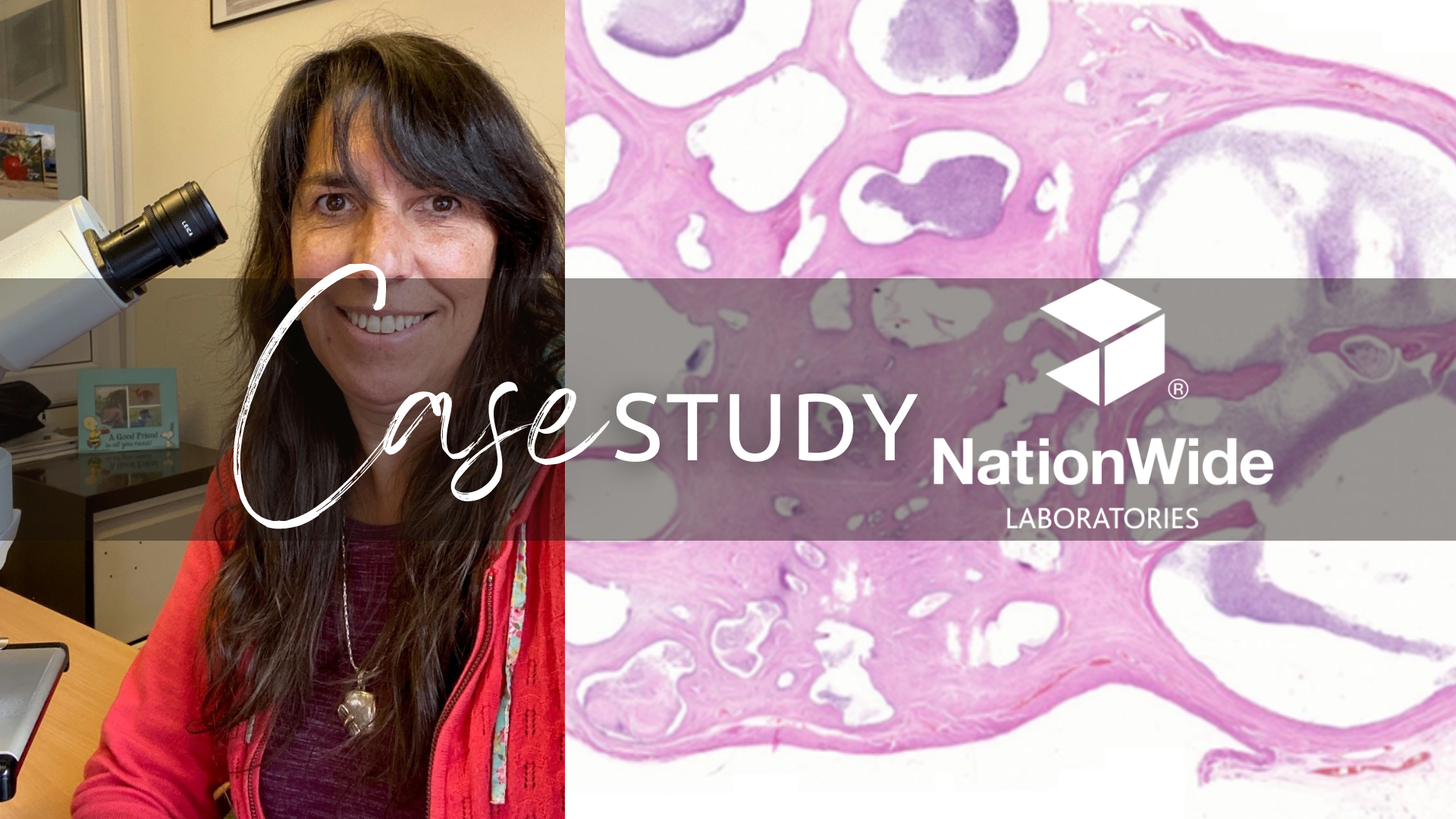Endocrinology bundle

Speakers: Peter Graham BVMS PhD CertVR DipECVCP MRCVS and Michael Herrtage MA BVSc DVSc DVR DVD DSAM MRCVS Dip ECVIM Dip ECVDI
Webinars:
Hyperadrenocorticism diagnosis and treatment monitoring
Hyperadrenocorticism (HAC) also known as Cushing’s syndrome is a condition in which the adrenal glands overproduce certain hormones, in particular cortisone. It is a common endocrine syndrome that affects middle-aged and geriatric dogs. There are two major types of HAC in dogs. Pituitary-dependent hyperadrenocorticism (PDH) is the result of the inappropriate secretion of adrenocorticotropic hormone (ACTH) by a pituitary adenoma. Adrenal-dependent hyperadrenocorticism (ADH) comes from a tumour in one of the adrenal glands that sit on top of the kidneys. It is necessary to differentiate between PDH and ADH to provide a more accurate prognosis and enable the full range of possible treatments to be discussed with the dog’s owner. In this webinar Peter Graham goes through symptoms, diagnostics and treatment options. The first step in the approach to Cushing’s disease is to use a combination of the clinical signs and laboratory abnormalities to determine if confirmatory testing is required. Peter gives a detailed overview of screening laboratory tests as well as endocrine diagnostic tests with their sensitivity and specificity ratios. He also speaks about pharmaceutical products to be used as medical treatment and monitoring therapies.
Atypical hyperadrenocorticism and hypoadrenocorticism
Atypical hyperadrenocorticism (AHAC) is a syndrome in which a dog appears to have hyperadrenocorticism based on history, physical examination and clinico-pathological findings, but ACTH stimulation test, LDDXM suppression test (and UCCR) fall into accepted reference ranges. Hypoadrenocorticism is a syndrome that results from deficiency of both glucocorticoid and mineralocorticoid secretion from adrenal cortices. Destruction of more than 95% of both adrenal cortices causes a clinical deficiency of all adrenocortical hormones and is termed primary hypoadrenocorticism (also known as Addison’s disease). Atypical hypoadrenocorticism is the term used to describe cases of primary hypoadrenocorticism in which the serum sodium and potassium concentrations at the time of testing are within their reference ranges. In this webinar Michael Herrtage speaks about clinical signs and diagnostics, explores laboratory findings and gives an overview of treatment options.




